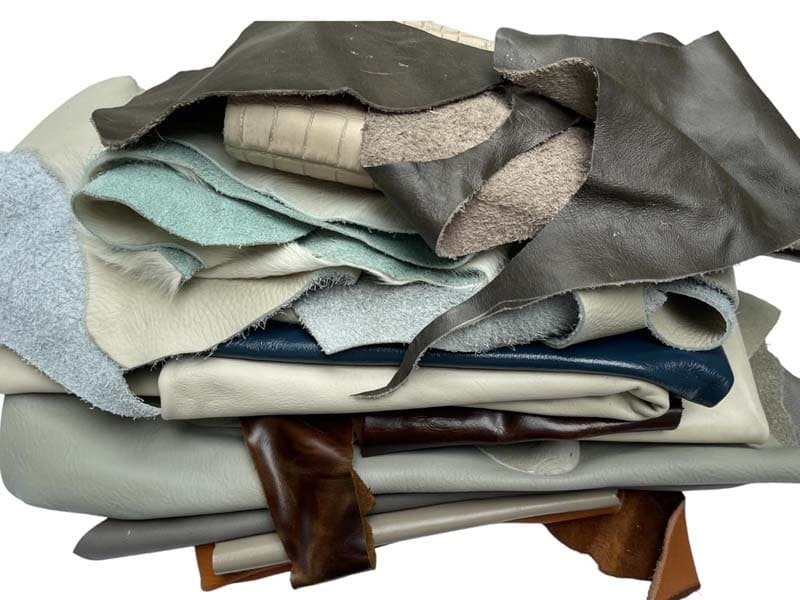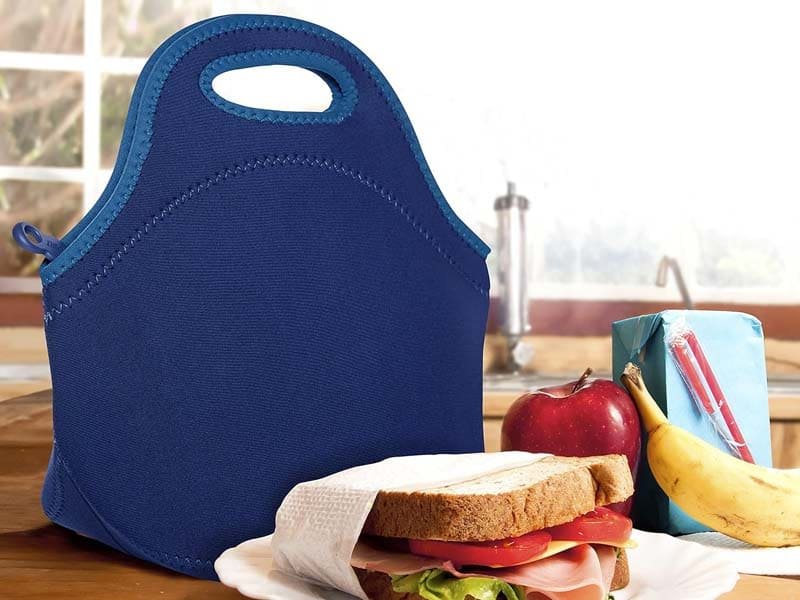Leather has been a staple in human civilization for centuries, symbolizing durability, luxury, and craftsmanship. But have you ever wondered about the intricate process that transforms raw animal hides into the high-quality leather products we cherish today?
Leather is made through a multi-step process that includes sourcing raw hides, tanning, and finishing to ensure durability and aesthetic appeal.
Imagine the journey of a simple hide evolving into a stylish handbag or a sturdy pair of boots,it’s a fascinating transformation that blends tradition with modern technology. Join us as we delve into the world of leather making, uncovering the secrets behind your favorite leather goods.
What Is Leather, and Why Does It Matter?
The Origins of Leather
Leather originates from the hides of animals, primarily cattle, which are by-products of the meat industry. This utilization ensures that no part of the animal goes to waste, contributing to a more sustainable approach in using natural resources.
Durability and Flexibility
Leather’s durability makes it ideal for products that endure daily wear and tear, while its flexibility allows for comfortable use and adaptability in various designs. These qualities are why leather remains a timeless material in both fashion and functional items.
Common Misconceptions
There are misconceptions surrounding leather, such as the belief that all leather is ethically sourced or that synthetic alternatives can fully replicate its qualities. Clarifying these myths helps consumers distinguish between genuine leather and its alternatives, fostering more ethical purchasing decisions.
The Economic Impact
Leather production supports numerous industries, including fashion, automotive, and furniture. It provides livelihoods for millions globally, from farmers raising livestock to skilled artisans crafting exquisite leather goods.
Which Raw Materials Are Involved in Leather Production?
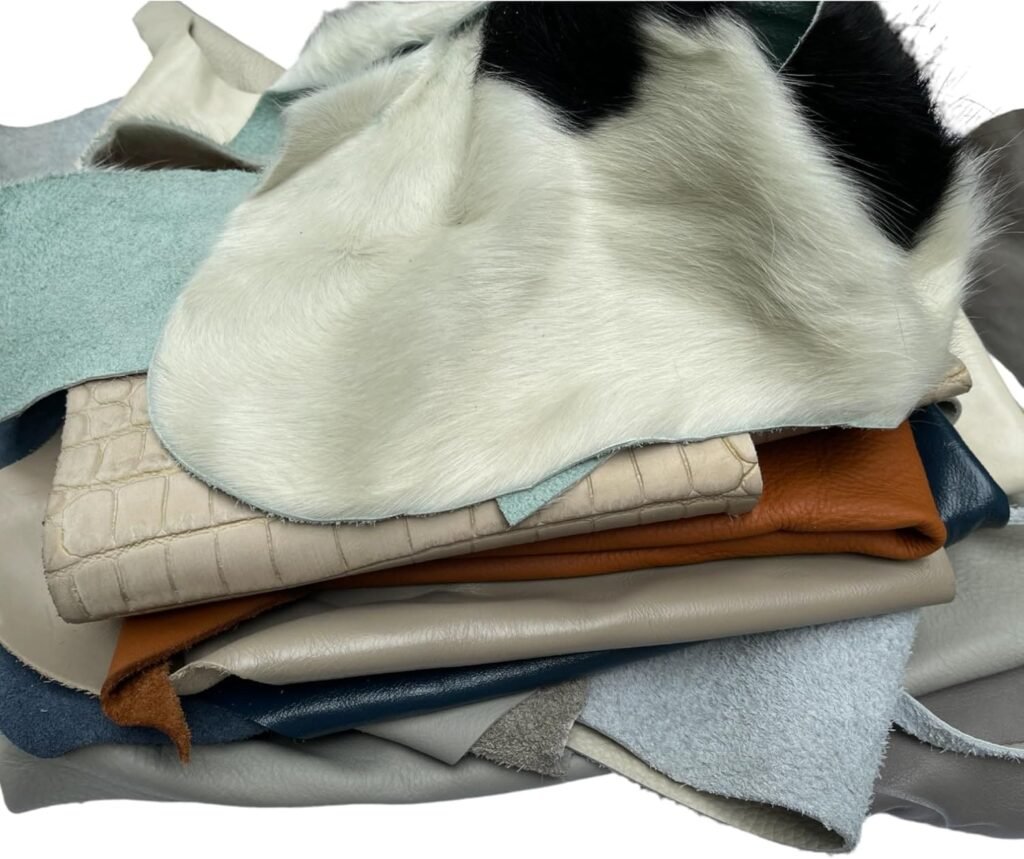
What is the raw material in leather making? The primary raw material for leather making is animal hides, with cowhide being the most prevalent. Other materials include sheepskin, goatskin, and exotic hides like crocodile or ostrich. Additionally, various tanning agents and chemicals are essential to process these hides into durable leather.
Types of Animal Hides
Different animals offer unique properties:
- Cowhide: Known for its strength and durability, making it ideal for heavy-duty products like belts and boots.
- Sheepskin: Softer and more pliable, perfect for garments and accessories that require a gentler touch.
- Goatskin: Offers a balance between durability and flexibility, suitable for gloves and high-quality handbags.
- Exotic Hides: Crocodile, ostrich, and other exotic hides are prized for their distinctive textures and patterns, often used in luxury goods.
Tanning Agents and Their Roles
Tanning agents are crucial in transforming raw hides into leather:
- Chrome Salts: Provide a softer, more pliable leather and are widely used due to their efficiency.
- Vegetable Tannins: Derived from plant materials, they offer a firmer texture and are favored for environmentally friendly processes.
- Synthetic Tannins: Offer versatility and are used in various specialized leather products.
Environmental Considerations
The sourcing and processing of raw materials have significant environmental impacts. Sustainable practices, such as using by-products efficiently and minimizing waste, are essential to reducing the industry’s ecological footprint.
Ethical Sourcing
Ensuring that animal hides are sourced ethically, with regard to animal welfare and fair labor practices, is increasingly important to consumers and manufacturers alike.
How Does the Leather Tanning Process Work:Step by Step Guide
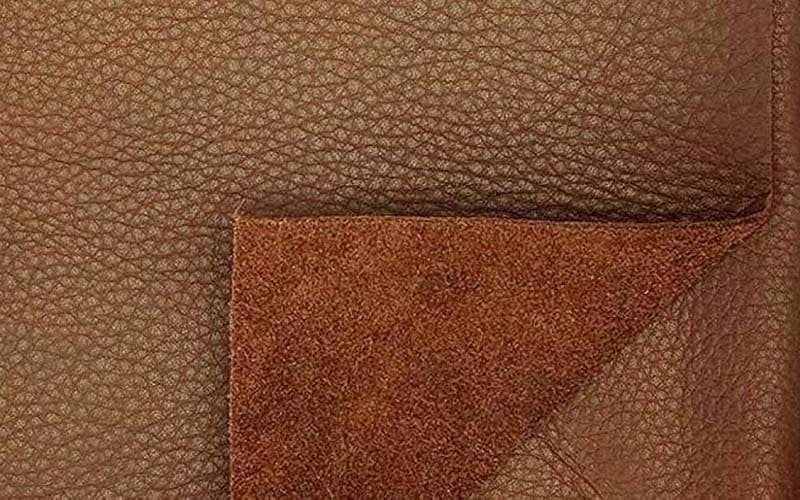
How is leather made step by step? Leather making involves several stages: preparing the hides, tanning to preserve and strengthen the material, and finishing to achieve the desired appearance and texture. Each step is meticulously carried out to ensure the final product meets quality standards.
Dive Deeper: The Tanning Journey
Preparatory Stage
- Soaking: Hides are soaked in water to clean and rehydrate them after drying or curing.
- Liming: An alkaline solution removes hair, fats, and other impurities, softening the hides for further processing.
- Fleshing: Excess flesh and fat are trimmed away, preparing the hide for tanning.
Tanning Stage
- Chrome Tanning: Uses chromium salts to produce soft, durable leather quickly. It dominates the industry due to its efficiency.
- Vegetable Tanning: Utilizes tannins from plants, resulting in firmer leather with natural aging properties. It is favored for its eco-friendliness.
- Synthetic Tanning: Employs synthetic chemicals to achieve specific leather qualities, often used for specialized applications.
Post-Tanning Processes
- Re-tanning: Enhances the leather’s properties by adding additional tanning agents or oils.
- Dyeing: Colors the leather to achieve the desired hue and uniformity.
- Drying: Removes moisture through controlled methods to prevent shrinkage and maintain quality.
- Finishing: Applies surface treatments like polishing, embossing, or waterproofing to enhance appearance and functionality.
Quality Control
Throughout the tanning process, stringent quality control measures ensure consistency and excellence in the final product. This includes monitoring chemical balances, temperatures, and processing times.
Do Different Tanning Methods Affect Leather Quality and Sustainability?
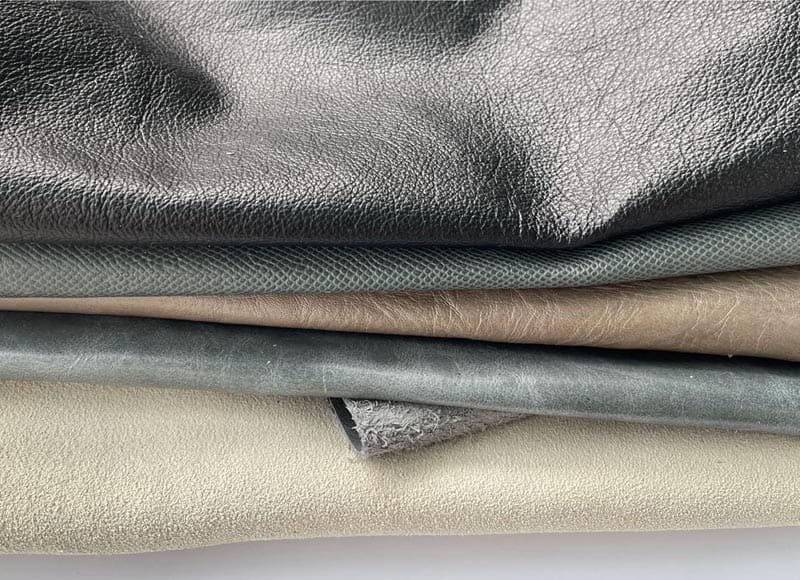
Vegetable tanning vs chrome tanning both significantly impact leather quality and sustainability. Vegetable-tanned leather is firm and develops a patina over time, appealing to those seeking natural aging characteristics. Chrome tanning, on the other hand, offers a softer, more pliable finish and faster production times but involves more chemical use, raising environmental concerns.
Evaluating Tanning Methods
Environmental Impact
- Chrome Tanning: Generates wastewater containing heavy metals, which can be harmful if not properly treated. However, advancements in technology are reducing these impacts.
- Vegetable Tanning: More eco-friendly, using renewable resources, but requires more time and land for sourcing plant tannins.
Leather Characteristics
- Feel and Flexibility: Chrome-tanned leather is softer and more flexible, suitable for fashion items. Vegetable-tanned leather is stiffer, ideal for structured goods like saddles and wallets.
- Color and Finish: Chrome tanning allows for a wider range of colors and finishes, while vegetable tanning offers a more natural look.
Sustainability Certifications
Certifications like the Leather Working Group (LWG) ensure that tanning facilities adhere to environmental and social standards, promoting sustainable practices within the industry.
Consumer Preferences
Increasing consumer awareness about environmental issues is shifting preferences towards more sustainable tanning methods, influencing manufacturers to adopt greener practices.
Comparison of Tanning Methods
| Tanning Method | Description | Environmental Impact | Leather Characteristics |
|---|---|---|---|
| Chrome Tanning | Uses chromium salts for soft, pliable leather | High (heavy metals in wastewater) | Soft, flexible, quick production |
| Vegetable Tanning | Uses plant-derived tannins for firm leather | Low (eco-friendly) | Firm, develops patina, natural look |
| Synthetic Tanning | Utilizes synthetic chemicals for specific traits | Variable (depends on chemicals) | Versatile, tailored properties |
Is All Leather the Same?
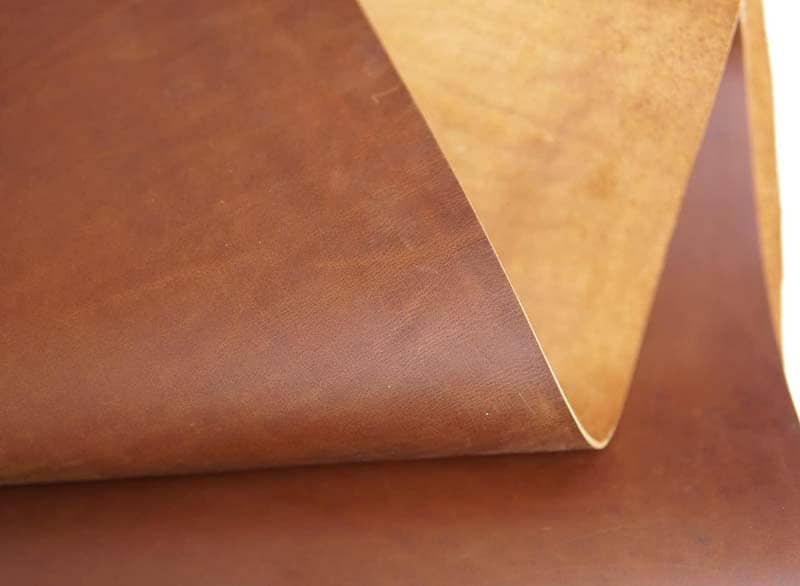
What Are the Types of Leather Used in Manufacturing? Leather varies in type based on the source animal, processing methods, and quality grades. Common types include full-grain, top-grain, corrected-grain, and split leather, each offering distinct textures, durability, and aesthetic qualities.
What Are The Different Leather Types
Full-Grain Leather
- Retains the entire grain, showcasing natural markings and superior strength.High-end products like luxury bags, jackets, and footwear.
- Advantages: Highly durable and develops a beautiful patina over time.
Top-Grain Leather
- Slightly altered surface with a finish to remove imperfections.Premium products that require a smoother appearance.
- Advantages: More uniform look while maintaining durability.
Corrected-Grain Leather
- Heavily processed to remove imperfections, often embossed with artificial textures.Affordable leather goods where appearance is prioritized over natural texture.
- Advantages: Consistent appearance, suitable for mass-produced items.
Split Leather
- Derived from the lower layers of the hide, less durable than full or top-grain.
- Uses: Linings, suede products, and lower-cost items.
- Advantages: More affordable, used in applications where durability is less critical.
Exotic Leathers
- Types: Crocodile, ostrich, snake, and other unique hides.
- Uses: Luxury items that emphasize distinct textures and patterns.
- Advantages: Highly prized for their uniqueness and aesthetic appeal, though often more expensive and ethically scrutinized.
Synthetic and Faux Leathers
- Materials: Polyurethane (PU), polyvinyl chloride (PVC), and other man-made materials.
- Uses: Affordable alternatives in fashion and upholstery.
- Advantages: Animal-friendly and versatile, though they lack the breathability and natural aging of genuine leather.
Which Animal Leather is Best?
The “best” leather depends on the intended use and desired qualities. Cowhide offers unmatched durability, sheepskin provides softness, and exotic leathers bring unique aesthetics. Ethical considerations and sustainability also play crucial roles in determining the best choice for consumers and manufacturers alike.
What is Most Fake Leather Made Of?
Most fake leather, or faux leather, is made from synthetic materials like polyurethane (PU) and polyvinyl chloride (PVC). These materials mimic the look and feel of genuine leather but are entirely animal-free, appealing to those seeking vegan alternatives.
How to Tell if Leather is Real
Identifying genuine leather involves checking for:
- Smell: Real leather has a distinct, rich odor, unlike synthetic alternatives.
- Texture: Genuine leather feels soft and supple, with natural grain patterns.
- Water Test: Real leather absorbs a small amount of water, while faux leather repels it.
- Edges: Real leather has smooth, natural edges, whereas synthetic leather often has painted or sealed edges.
| Leather Type | Characteristics | Common Uses | Advantages |
|---|---|---|---|
| Full-Grain | Retains entire grain, natural markings | Luxury bags, jackets | Highly durable, develops patina |
| Top-Grain | Surface treated to remove imperfections | Premium accessories | Smooth appearance, durable |
| Corrected-Grain | Heavily processed with artificial textures | Affordable goods | Consistent look, cost-effective |
| Split Leather | Lower layers of hide, less durable | Linings, suede products | More affordable, versatile applications |
| Exotic Leather | Unique textures and patterns from exotic animals | Luxury items | Distinctive aesthetics, high-end appeal |
| Synthetic/Faux | Made from PU, PVC, or other synthetic materials | Vegan products, tech covers | Animal-friendly, versatile |
Are Leather Goods Ethical and Sustainable?
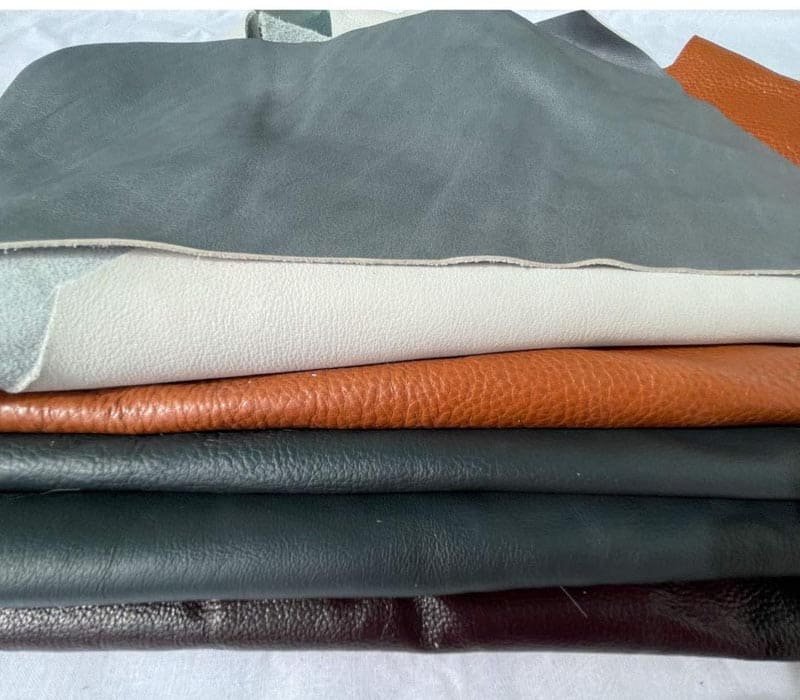
The ethical and sustainable nature of leather goods depends on factors like sourcing practices, tanning methods, and overall environmental impact. While traditional leather production involves significant resource use and ethical concerns, advancements in sustainable practices and transparency are making the industry more responsible.
Animal Welfare Concerns
Ensuring humane treatment of animals is paramount. Ethical leather production involves sourcing hides from farms that adhere to animal welfare standards and utilizing by-products to minimize waste.
Sustainable Tanning Processes
Adopting eco-friendly tanning methods, such as vegetable tanning or using recycled chrome, reduces environmental impact. Innovations in sustainable chemistry are also helping to minimize harmful emissions and waste.
Recycling and Upcycling
Recycling leather scraps and upcycling old leather goods into new products extend the material’s lifecycle, reducing waste and promoting circular economy principles.
Closed-Loop Production
Implementing closed-loop systems in factories ensures that water and chemicals are reused and recycled, significantly lowering the environmental footprint of leather production.
Consumer Responsibility
Consumers play a crucial role by choosing ethically produced leather goods, supporting brands that prioritize sustainability, and taking care of their leather products to extend their lifespan.
Industry Standards and Certifications
Certifications like the Leather Working Group (LWG) and Responsible Leather Round Table (RLRT) promote best practices and hold manufacturers accountable for their environmental and social impact.
Challenges and Opportunities
Balancing quality, cost, and sustainability presents challenges, but it also opens opportunities for innovation and differentiation in the market, driving the industry towards more responsible practices.
What Factors Influence Leather’s Final Appearance and Durability?
The final look and longevity of leather depend on finishing treatments, quality control, and the techniques used in dyeing and texturing. These factors ensure that leather products not only look appealing but also stand the test of time.
Finishing Treatments
- Polishing: Adds shine and smoothness, enhancing the leather’s aesthetic appeal.
- Embossing: Imprints patterns or textures, giving leather a unique look.
- Waterproofing: Protects leather from moisture and stains, extending its usability.
- Protective Coatings: Shields leather from scratches and wear, maintaining its pristine condition.
Craftsmanship and Technology
Skilled artisans and advanced machinery work together to cut, stitch, and assemble leather goods with precision. Balancing traditional techniques with modern technology ensures high-quality outcomes and efficient production.
Color and Texture
- Dyeing Techniques: Hand-dyeing offers unique color variations, while machine-dyeing ensures uniformity.
- Texturing Methods: Techniques like embossing and aging create distinctive surfaces that add character to leather products.
Quality Control Measures
Rigorous inspection processes at each stage of production ensure that only the best leather makes it to the final product. This includes checking for defects, ensuring consistent color and texture, and testing durability.
Environmental Factors
Proper storage and handling during production prevent damage from humidity, temperature fluctuations, and exposure to chemicals, preserving the leather’s integrity and appearance.
How Does a Leather Goods Factory Ensure Product Quality?
Ensuring high-quality leather products involves meticulous manufacturing processes, comprehensive quality inspections, and rigorous durability testing. Factories implement standardized procedures to maintain consistency and excellence in every item produced.
Cutting, Stitching, and Assembling
Precision in cutting ensures that each piece fits perfectly, while expert stitching provides strength and durability. Assembling leather goods requires attention to detail to maintain the product’s integrity and aesthetic appeal.
Quality Inspection
- Seam Checks: Ensuring that all seams are strong and free from defects.
- Hardware Inspection: Verifying that zippers, buckles, and other hardware function correctly and are securely attached.
- Finishing Details: Examining the final touches, such as polish and embossing, for consistency and quality.
Durability Testing
- Abrasion Tests: Assessing the leather’s resistance to wear and tear.
- Temperature Endurance: Ensuring that leather maintains its properties under varying temperatures.
- Water Resistance: Testing the effectiveness of waterproofing treatments.
Continuous Improvement
Factories adopt feedback loops and continuous improvement strategies to enhance their processes, address any quality issues, and innovate new techniques to meet evolving standards.
Skilled Workforce
Investing in training and retaining skilled workers ensures that craftsmanship remains at a high standard, contributing to the overall quality of the leather goods produced.
Do Care and Maintenance Techniques Differ by Leather Type?
Yes, different types of leather require specific care and maintenance to preserve their appearance and longevity. Proper maintenance practices vary based on the leather’s finish, grade, and intended use.
How to Properly Care for Your Leather
Cleaning Methods
- Gentle Cleaning: Suitable for delicate leathers like sheepskin, using soft brushes or cloths to remove dirt without damaging the surface.
- Intensive Cleaning: Necessary for heavily used leather, involving specialized cleaners to remove stubborn stains and grime.
Conditioning and Polishing
- Conditioning: Regular application of leather conditioners keeps the material supple and prevents drying or cracking.
- Polishing: Enhances the leather’s shine and restores color, especially for high-gloss finishes.
Storage Tips
- Proper Environment: Store leather goods in cool, dry places away from direct sunlight to prevent fading and mold growth.
- Protection: Use dust bags or covers to shield items from dust and scratches during storage.
- Shape Maintenance: Stuff bags and shoes with tissue paper to maintain their shape and prevent deformation.
Specialized Care for Exotic Leathers
Exotic leathers like crocodile or ostrich require tailored care routines, including specific cleaners and conditioners to preserve their unique textures and patterns.
Seasonal Maintenance
Adjusting care routines based on seasonal changes ensures that leather remains protected and well-maintained throughout the year, addressing issues like dryness in winter or moisture in summer.
DIY vs Professional Care
While regular maintenance can be done at home, seeking professional cleaning and conditioning services for valuable or heavily used leather items ensures optimal care and longevity.
Which Leather Products Are Most Popular Today?
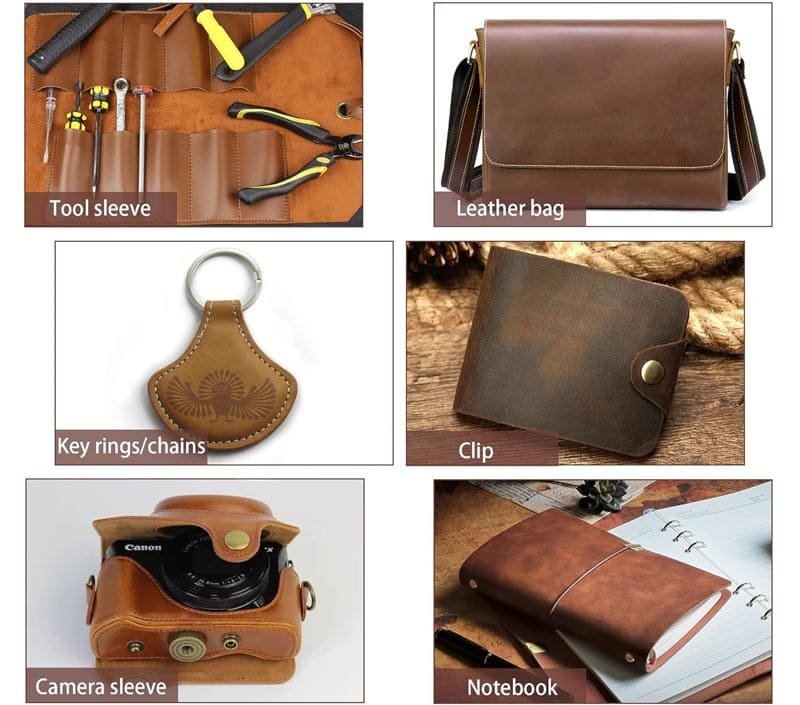
Leather remains a versatile material with a wide range of popular products. From fashion accessories like bags and belts to lifestyle items such as furniture and tech accessories, leather’s timeless appeal continues to thrive in contemporary markets.
Fashion Accessories
- Bags: Leather handbags and backpacks are highly sought after for their style and durability.
- Belts: Classic and functional, leather belts are a staple in both casual and formal wardrobes.
- Jackets: Leather jackets exude a sense of rugged elegance and remain a popular fashion statement.
- Footwear: From boots to shoes, leather footwear offers comfort and longevity, making it a preferred choice for many consumers.
Lifestyle Items
- Furniture: Leather sofas and chairs add a touch of luxury and sophistication to home interiors.
- Wallets: Compact and durable, leather wallets are practical and stylish everyday essentials.
- Tech Accessories: Leather phone cases, laptop sleeves, and tablet covers blend functionality with elegance.
- Home Décor: Items like leather lampshades, picture frames, and decorative pieces enhance living spaces with natural beauty.
Emerging Trends
- Minimalist Design: Clean, simple designs emphasize leather’s natural texture and quality.
- Upcycling: Repurposing old leather goods into new products promotes sustainability and creativity.
- Personalized Leather Goods: Customization options, such as embossing initials or unique color choices, cater to individual preferences and enhance the exclusivity of products.
Seasonal Favorites
Certain leather products gain popularity during specific seasons, such as lightweight leather bags in spring or rugged boots in winter, reflecting changing consumer needs and fashion trends.
High-Tech Innovations
Integrating technology with leather, such as smart leather accessories with built-in charging ports or tracking devices, appeals to tech-savvy consumers looking for functionality and style.
How Can You Choose the Right Leather Goods Factory?
Selecting the right factory involves evaluating credentials, production capabilities, and alignment with your brand’s values. Ensuring that the factory meets quality standards and ethical practices is crucial for producing superior leather products.
Factory Credentials
- Certifications: Look for certifications like ISO standards or LWG membership that indicate adherence to quality and sustainability standards.
- Reputation: Research the factory’s reputation through reviews, testimonials, and industry standing to ensure reliability and excellence.
Production Capabilities
- Capacity: Ensure the factory can handle your production volume without compromising quality.
- Specialization: Choose factories that specialize in the type of leather goods you intend to produce, whether it’s fashion, accessories, or industrial items.
- Technology and Equipment: Advanced machinery and technology can enhance precision, efficiency, and product quality.
Sampling and Prototyping
- Trial Runs: Conducting sample production helps assess the factory’s ability to meet your specifications and quality standards before committing to larger orders.
- Feedback and Adjustments: Open communication during the prototyping phase allows for necessary adjustments and refinements, ensuring the final product aligns with your vision.
Partnership and Communication
- Transparent Communication: Clear and consistent communication fosters a strong working relationship and ensures that expectations are met.
- Collaborative Approach: A factory that is willing to collaborate on design, materials, and processes can contribute valuable insights and improvements to your products.
- Cultural Compatibility: Aligning with a factory that shares your brand’s values and work ethic enhances cooperation and mutual respect.
Ethical and Sustainable Practices
- Sourcing Standards: Ensure the factory sources materials ethically, respecting animal welfare and environmental guidelines.
- Sustainable Processes: Factories that implement eco-friendly practices, such as waste reduction and energy efficiency, align with growing consumer demand for sustainable products.
Cost and Value
- Competitive Pricing: While cost is a factor, prioritizing quality and ethical standards often leads to better long-term value.
- Value-Added Services: Factories offering additional services like design assistance, logistics support, or quality assurance can provide significant benefits beyond basic manufacturing.
Long-Term Viability
- Stability: Choose a factory with a stable business history to ensure reliability and continuity in your supply chain.
- Scalability: The ability to scale production as your business grows is essential for maintaining consistent supply and meeting increasing demand.
Is the Future of Leather Production Changing?
The leather industry is evolving with advancements in technology, increasing demand for sustainable practices, and shifting consumer preferences towards ethical products. Innovations like bio-leather and lab-grown materials are shaping the future of leather production.
Innovative Technologies
- Bio-Leather: Developed from biological materials, bio-leather offers a sustainable alternative by reducing reliance on animal hides and minimizing environmental impact.
- Lab-Grown Leather: Engineered in labs, this type of leather replicates the properties of traditional leather without involving animal agriculture, appealing to ethical consumers.
- Advanced Tanning Methods: Innovations in tanning processes aim to reduce chemical usage and improve environmental sustainability, making leather production greener.
Market Shifts
- Sustainability Demand: Consumers increasingly prioritize sustainable and ethically produced goods, driving manufacturers to adopt greener practices and transparent sourcing.
- Customization and Personalization: The demand for personalized leather products is growing, encouraging factories to offer bespoke services and unique designs.
- Digital Integration: Incorporating digital tools for design, production management, and supply chain transparency enhances efficiency and meets modern consumer expectations.
Regulatory Changes
- Environmental Regulations: Stricter regulations on chemical use and waste management compel factories to adopt more sustainable practices, fostering innovation and compliance.
- Trade Policies: Changes in international trade policies can impact sourcing, manufacturing, and distribution, requiring factories to adapt to new market conditions.
Consumer Awareness
- Educated Consumers: Increased awareness about the environmental and ethical implications of leather production influences purchasing decisions, encouraging brands to prioritize sustainability.
- Transparency Demand: Consumers seek transparency in the production process, pushing factories to disclose sourcing practices, production methods, and sustainability efforts.
Industry Outlook
- Growth of Sustainable Leather: The market for sustainable leather is projected to grow, driven by consumer demand and technological advancements.
- Integration of Circular Economy: Emphasizing recycling, upcycling, and closed-loop systems, the industry moves towards a circular economy model, reducing waste and promoting resource efficiency.
- Collaborative Efforts: Partnerships between brands, manufacturers, and sustainability organizations foster innovation and drive the industry towards more responsible practices.
Frequently Asked Questions
1: How long does the leather tanning process take? The tanning process can take anywhere from a few days to several weeks, depending on the method used. Vegetable tanning generally takes longer than chrome tanning.
2: Is vegetable-tanned leather more environmentally friendly than chrome-tanned leather? Yes, vegetable tanning is considered more environmentally friendly as it uses natural tannins and produces fewer harmful by-products compared to chrome tanning.
3: Can leather be recycled? Yes, leather can be recycled and upcycled into new products, helping to reduce waste and promote sustainability within the industry.
4: What are the benefits of choosing full-grain leather over other types? Full-grain leather is the most durable and develops a natural patina over time, making it highly valued for its longevity and timeless appearance.
5: How can I ensure that the leather products I buy are ethically sourced? Look for certifications like those from the Leather Working Group (LWG) or Responsible Leather Round Table (RLRT), and research the brand’s sourcing practices to ensure they adhere to ethical standards.
Conclusion
Leather making is a sophisticated process that combines traditional craftsmanship with modern innovation. By understanding each step, from selecting the right raw materials to implementing sustainable practices, you can appreciate the value and quality of leather goods. Whether you’re a consumer looking to purchase high-quality leather products or a business seeking a reliable manufacturing partner, knowledge of the leather production process is essential.
Ready to transform your ideas into high-quality leather products? Contact Szoneier today to request a quote and customize your leather goods. Our expert team is here to guide you through every step of the process, ensuring your products are crafted with the utmost care and precision. Let’s create something exceptional together!
Glossary
- Tanning: The process of treating animal hides to produce leather, making it durable and resistant to decomposition.
- Full-Grain Leather: The highest quality leather that includes the entire grain, without any removal of the surface.
- Chrome Tanning: A tanning method that uses chromium salts to produce soft and flexible leather.
- Vegetable Tanning: A natural tanning process using tannins from plant materials, resulting in firmer leather.
- Exotic Leather: Leather derived from non-traditional animals like crocodiles, snakes, and ostriches, known for unique textures and patterns.
- Faux Leather: Also known as synthetic leather, made from artificial materials to imitate real leather.

